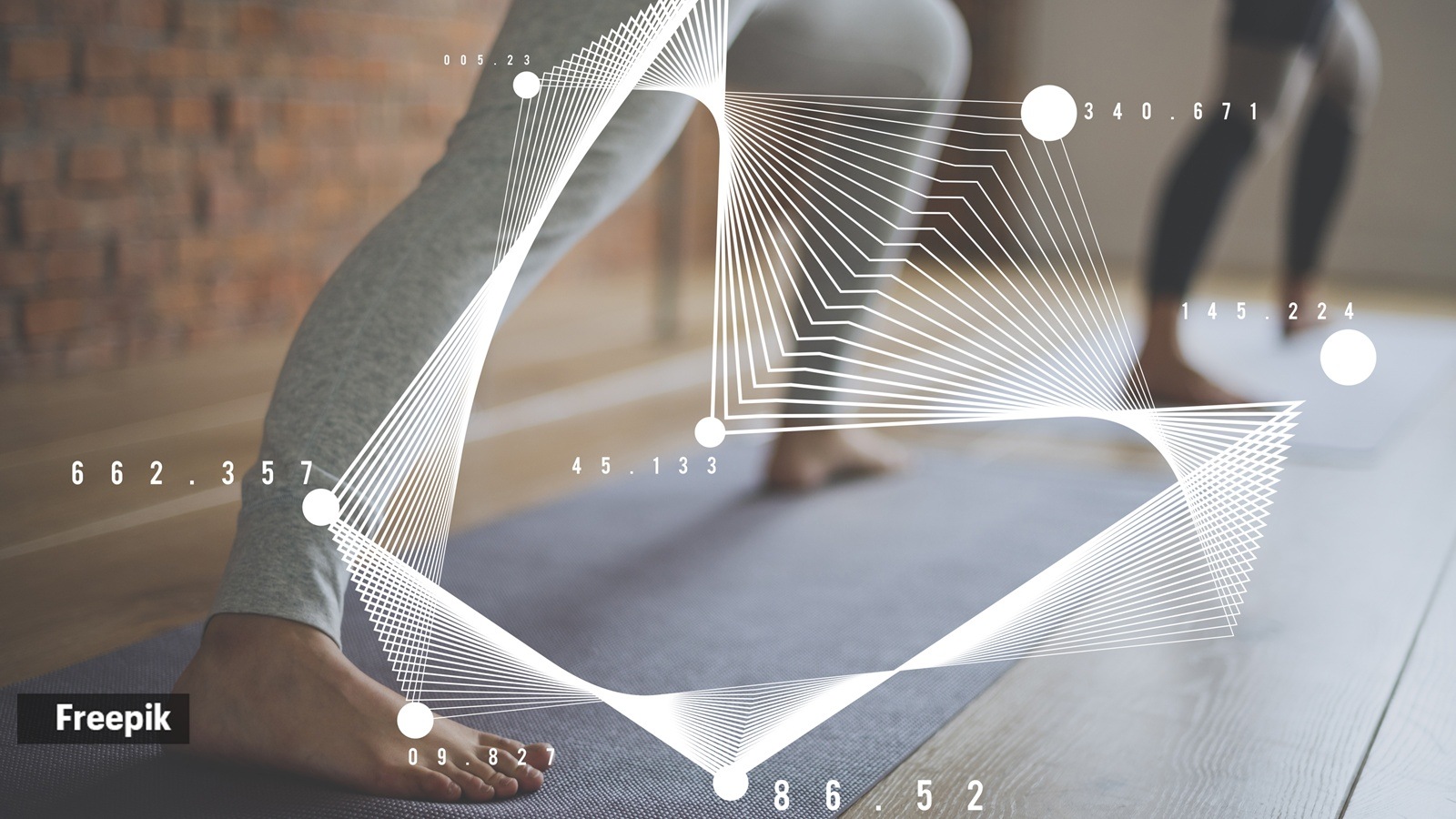Dr Ankit Bansal, consultant, internal medicine and infectious diseases, Sri Balaji Action Medical Institute, Delhi, said that while AI can suggest sequences or techniques, it cannot spot misalignments, sense fatigue, or adapt to a person’s physical and emotional state in real time. “That is where a human teacher plays an important role in ensuring safety and personalisation,” he said.

How AI works today
AI works by processing large amounts of data and identifying patterns — what experts call pattern recognition. This helps it churn out general workout routines, explain exercise techniques, or suggest meal plans based on common health goals.
“It’s like having a friend who always has answers,” said Dr Aniket Mule, consultant, internal medicine, KIMS Hospitals, Thane.
According to him, AI can help track progress, keep users motivated with reminders, provide evidence-based explanations for habits, and debunk fitness myths. But there is a catch. “AI analyses past data to generate a statistically relevant response. It doesn’t understand context in the human sense, nor can it feel empathy or read body cues. Its advice can be useful, but it should not be treated as absolute. Human expertise — especially in experiential practices like yoga or gym training — cannot be replicated,” said Dr Bansal.
Dr Sujata Seshadrinathan, director, IT and Process, Basiz Fund Services, pointed out that AI is rapidly being adopted across industries, driving innovation and transforming operations. At its core, she explained, AI depends on two pillars: historical data and algorithmic decision-making. “By leveraging natural language processing and machine learning, AI can interpret user intent more effectively. This enables features such as semantic search, visual search, and intelligent auto-suggestions, helping users discover solutions faster and more intuitively,” she said.
‘AI can be a guide but not a guru’
“Yoga is more than poses. It’s the shared energy in a live class, the smile from a trainer. The mat might be yours alone, but the motivation grows when others are right there with you. AI can be a guide, but the heart of the journey will always come from real people,” said Saurabh Bothra, co-founder, Habuild.
Story continues below this ad
For beginners, AI guidance can serve as an encouraging springboard. But human teachers bring warmth, instinct and empathy that no algorithm can replicate, said Himalayan Siddhaa Akshar, yoga guru and founder, Akshar Yoga Kendraa. “They notice when a posture is slightly off, sense when a student feels uneasy, and offer the honest support of true human connection.”
Bothra, whose fitness community has over 1 crore users, stressed that people don’t just “follow along” — they connect. “They greet familiar faces, cheer each other on, and celebrate wins together. This collective energy keeps motivation alive. Wellness may be an individual practice, but it thrives in community,” he said.
 Is it always better to work out with human guidance? (Photo: Freepik)
Is it always better to work out with human guidance? (Photo: Freepik)
Such closeness builds trust and creates safe spaces for learning, added Akshar. “Through that support, one not only develops in practice but also enjoys an experience of a lifetime.”
Why caution is key
Fitness is deeply personal. Two people of the same age and weight may have very different needs because of factors like medical history, metabolism, lifestyle, or mental health. “AI cannot fully account for these nuances in the way a trained doctor or certified trainer can. An exercise safe for one person might be risky for someone with an old knee injury — something AI might overlook unless every detail is fed into it,” warned Dr Mule.
Story continues below this ad
Into the future
Experts agree AI should act as a complement, not a replacement. It can offer reminders, curated yoga flows or explain the philosophy behind practices, but the essence of yoga — the connection between mind, body and breath — lies in human guidance.
“As AI evolves, it may become more personalised by integrating with wearables and medical records. For now, think of it as your fitness co-pilot. It’s great for information and structure, but it still needs a human captain to find the safest and most effective path for your unique body,” said Dr Mule.
Dr Seshadrinathan added that while AI shines in data-heavy, rule-based tasks, it still falls short in areas demanding emotional intelligence, creativity, and ethical judgment. “The most likely future is one of collaboration: AI as a tool to augment, not substitute, human intelligence.”
DISCLAIMER: This article is based on information from the public domain and/or the experts we spoke to. Always consult your health practitioner before starting any routine.



 Is it always better to work out with human guidance? (Photo: Freepik)
Is it always better to work out with human guidance? (Photo: Freepik)

























